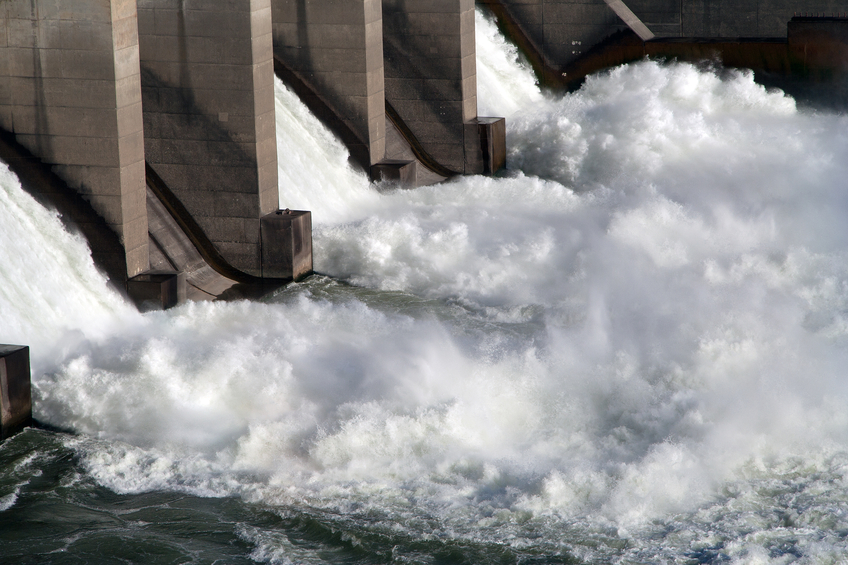Hydropower: The Largest Source of Renewable Energy

This online engineering PDH course describes the technology of hydropower generation and provides estimates of hydropower availability. The advantages of generating electricity by hydropower rather than by fossil fuels are presented. Environmental impacts such as impounding water, flooding terrestrial habitats, and preventing the movement of fish and aquatic organisms, sediments, and nutrients are also described. Barriers to the expansion of hydropower, such as the high capital cost of new hydropower projects and the lengthy licensing and approval process are discussed.
Hydropower is currently the largest source of renewable electricity generation in the
This 3 PDH online course is intended for engineers involved with the development of renewable energy technologies for electrical generation.
This PE continuing education course is intended to provide you with the following specific knowledge and skills:
- Familiarizing with estimates of hydropower availability
- Learning about hydropower technology
- Knowing the environmental advantages over generation of power from fossil fuels
- Knowing the environmental and social disadvantages
- Learning about manufacturing and materials requirements
- Understanding the potential for and barriers to expansion of hydropower
In this professional engineering CEU course, you need to review Chapter 8, "Hydropower" of Volume 2 of "Renewable Electricity Generation and Storage Technologies" of the U.S. Department of Energy (DOE) publication, "Renewable Electricity Futures Study", NREL/TP-6A20-52409-2, Golden, CO: National Renewable Energy Laboratory, 2012.
Upon successful completion of the quiz, print your Certificate of Completion instantly. (Note: if you are paying by check or money order, you will be able to print it after we receive your payment.) For your convenience, we will also email it to you. Please note that you can log in to your account at any time to access and print your Certificate of Completion.